A Gardeners Handbook of
PLANT NAMES
A Gardeners Handbook of
PLANT NAMES
Their Meanings and Origins A. W. Smith
 DOVER PUBLICATIONS, INC.
DOVER PUBLICATIONS, INC. Mineola, New York
Bibliographical Note This Dover edition, first published in 1997, is an unabridged republication of the work first published by Harper & Row, New York, in 1963, under the title
A Gardeners Book of Plant Names.
Library of Congress Cataloging-in-Publication Data Smith, Archibald William, 1897-1962. A gardeners handbook of plant names : their meanings and origins / A.W. Dover ed. p. cm. cm.
Originally published: New York : Harper & Row, 1963. Includes index. ISBN-13: 978-0-486-29715-6 (pbk.) ISBN-10: 0-486-29715-2 (pbk.) 1. BotanyNomenclature. 2. 3. 3.
BotanyDictionariesLatin, Medieval and modern. 4. Latin language, Medieval and modernDictionariesEnglish. I. Title. QK11.S56 1997 580'.1'4DC21 97-3782
CIP Manufactured in the United States by Courier Corporation
29715205
www.doverpublications.com His helmet now shall make a hive for bees.
GEORGE PEELE in Polyhymnia: The Aged Man at Arms
Introduction
Literally hundreds of thousands of plants have been given botanical names. Of this huge number very few have English names, and these have become established more by use than anything else. Often one name refers to a number of different plants, depending on where one lives. A bluebell is a
Campanula in Scotland and in England an
Endymion. Across the Atlantic it becomes
Polemonium,
Eustoma,
Muscari, or
Mertensiaall on a purely regional basis. In France it is
jacinthe des prsHyacinthus, in fact.
Botanical names cut across all local preferences. They are used by professional and amateur alike in all countries. They are precise, in that they fix the plant exactly without possibility of doubt. Two hundred years ago, when the foundations were laid for the present system of naming plants, Latin was the international language of science and of scholarship generally. So, today, plant names are in a Latin form. But botanical Latin has little to do with the classical.
Words have been given new botanical meanings so that a Latin dictionary is often not very helpful. Classification and the subsequent naming of a plant begins with placing it in its proper plant family or order. This is a grouping of related genera, of which there are only a few dozen of consequence to most general gardeners and, in any case, their interest is more botanical than horticultural. Plant family names are easily recognized by their ending which is nearly always -aceae, which means of the family of (as in Rosaceae, of the rose family). One of the rare exceptions is Compositae, of the daisy family. Although necessary for classification, the name of the family is not part of the plants name.
This regularly consists of the genus name which is followed by the species name, or specific, which gives the sub-division within the genus, sometimes followed by one and, occasionally, by more specific words when closer definition becomes essential. The plant name thus statedgenus name followed by one or more specificsis complete and precise in itself and enough to identify it exactly among several hundred thousand other known plants in the botanical world. Nearly all genus names have been given an ending to make them look like Latin. While a few are genuine Latin, the majority consists of Greek words either singly or in combination. Of the remainder there are Latinized names commemorating people, vernacular names, geographic names, and so on. A few have no detectable parentage but it is hard to believe that they are meaningless.
Species names are often genuine Latin, generally in the form of an adjective, of which a few have been given special botanical meanings. They often give some clue regarding the plantits color, size, shape, habit of growth, or native habitat. Otherwise, like genus names, species names may commemorate people or be geographic or vernacular names and so on. This is the so-called binomial or two-name system which was originated by the Swedish botanist Linnaeus about two hundred years ago. Before he laid his orderly hand on it the situation was chaotic; precision could be achieved only by adding descriptive Latin words in the hope that in the end there could be no doubt as to exactly what plant was intended. The result was cumbersome and confusing and lacked universal acceptance.
What today is called Dianthus caryophyllus (clove pink) was then Dianthus floribus solitaris, squamis calycinis subovatis brevissimis, corollis crenatis, meaning Dianthus with solitary flowers with very short inverted egg-shaped scaled calyces and crown-shaped corollas. As a total description this was fairly accurate, but Linnaeus cut the whole thing back with his new binomial system to two Latin words meaning clove-flowered pink. Linnaeus also proposed a system of classification and, although his method of naming has persisted, it was too much to expect that his system of classification could remain unmodified for a couple of hundred years. Linnaeus, who seems to have had something of an obsession about sex, based his classifications solely on the sexual characteristics of the plant. Since that day the system has been rationalized and other things are now taken into account in classification. The binomial or two-name system is sometimes a misnomer.
Plants often require three or more names to be identified with complete precision. Thus the familiar Alyssum saxatile or basket-of-gold becomes Alyssum saxatile var. compactum citrinum when it is the low-growing lemon-yellow form of the species. The abbreviation var., for variety, can be omitted. It is largely a matter of taste. There is nothing intrinsically difficult about botanical names.
They are merely words in another language which become easier to memorize when one knows their meaning. Used as a kind of almost meaningless jargon, as one suspects they sometimes are, they are hard to remember and to reproduce correctly. Apart from their precision, botanical names often hold useful clues regarding the plant itself which can be helpful in recognizing it. Sometimes, too, the names have stories behind them which give an additional handle to the memory. In addition to their botanical names, some plants acquire another kind of name. These are mostly the garden plants and other cultivated species that have been especially bred to produce finer forms.
These are the named varieties or cultivars of the nurseryman and the florist. They include such things as practically all apples, pears, and other orchard fruits, the hybrid roses as well as a very large share of border plants and vegetables. Examples are such things as Philadelphus virginalis Albatros, Phlox drummondii Twinkle, and so on. The parentage of these plants is often so confused that only by some extraordinary coincidence involving the genes will any of them come true from seed. For instance, it is of little use to plant the seeds of a named variety of border phlox, Phlox paniculata. The seedlings are almost certain to come up in any color or form but that of the parent plant and be generally quite worthless.
Propagation of hybrids like these must be by other methodsdivision, layering, grafting, budding, and so on. Yet in many cases it is only by painstaking and controlled crossing of named varieties that new and more desirable forms can be obtained. Many hundreds and even thousands of seedlings may have to be discarded by the breeder before he finds what he is seeking. It may, for instance, be such a thing as an odorless marigold. This has been an objective of one famous seed-grower for many years and hired help spends many hours on hands and knees sniffing up and down the rows. Very occasionally a hybrid, sometimes of known parentage, will establish itself, coming true to seed and in all respects behaving as a species.
Next page
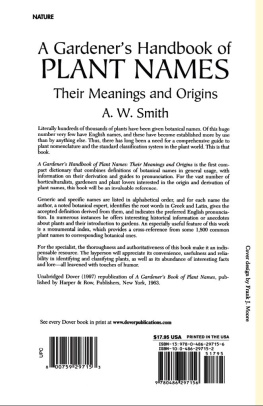
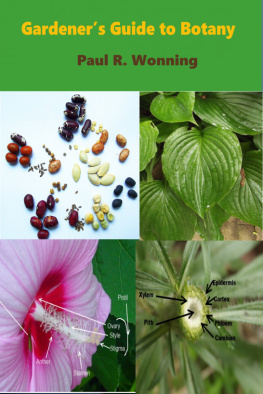
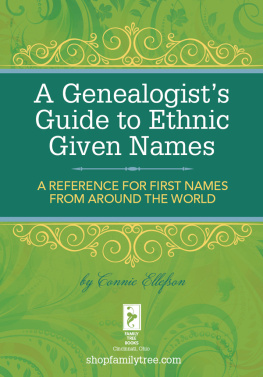

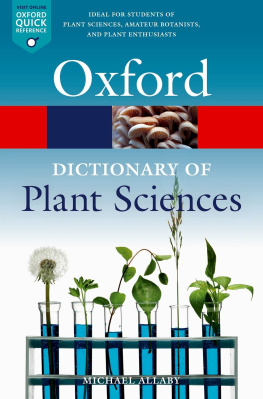
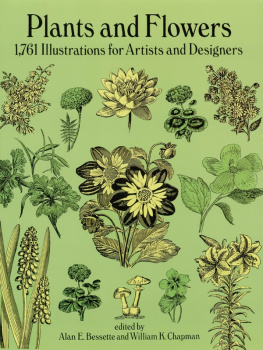
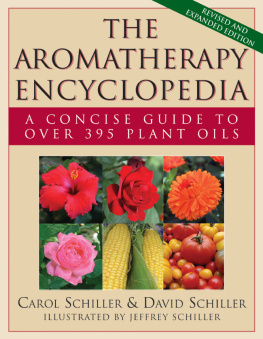
 DOVER PUBLICATIONS, INC.
DOVER PUBLICATIONS, INC.